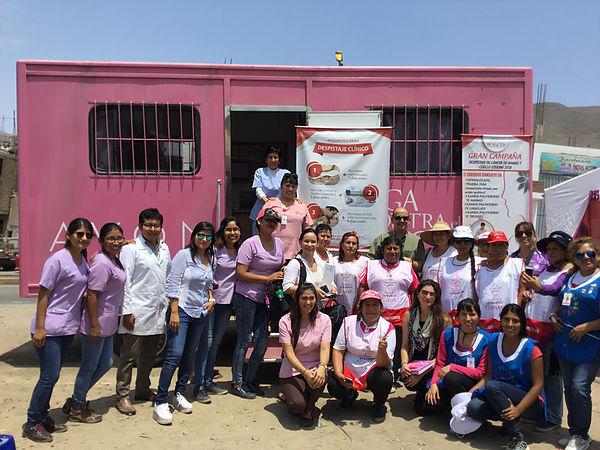
Degree
Biology and Global Health ’19
Project Team
Pocket Colposcope: Increased Distribution and Adoption (2017-2018)Pocket Colposcope: Analysis of Bringing Elements of Referral Services to Primary/Community Care (2018-2019)
Today we drove from the main La Liga clinic (referral hospital where patients would be sent if they screened positive at the mobile clinic) to one of La Liga’s mobile clinic site. At each of these locations, I learned valuable information and collected important data, but perhaps nothing was more meaningful than what I learned during my travel to these places. The commute to these clinics is worse than I imagined (it can take several hours to travel from La Liga to the mobile screening site because of both distance and heavy traffic).

The amount of time we spent in the car today really spurred a lot of the conversation about how to eliminate the travel barrier as opposed to merely overcoming it. Today at the mobile clinic we heard that midwives sometimes take pictures of the patient’s cervix on their cell phones as a way to educate the women who have been screened and also to motivate them to return for follow up care. I think the Pocket Colposcope can enhance this same phenomenon and take it even a step further through telemedicine. Having midwives use the Pocket Colposcope for enhanced visual inspection and having doctors providing virtual counseling to patients after reviewing those images may be a way to eliminate a diagnostic colposcopy visit altogether and also serve to encourage women at high risk for cancer to seek treatment right away.
According to Dr. Jerónimo, a high percentage of women who screen positive at the mobile screening clinics do not return for follow up visits. The investment in mobile screening will have higher impact if creative solutions are used to both empower midwives and nurses at these mobile screening clinics to make health care more accessible and to empower patients to be advocates for their own health.
Excerpted from Mobile Screening Clinics in Peru on the Center for Global Women’s Health Technologies website